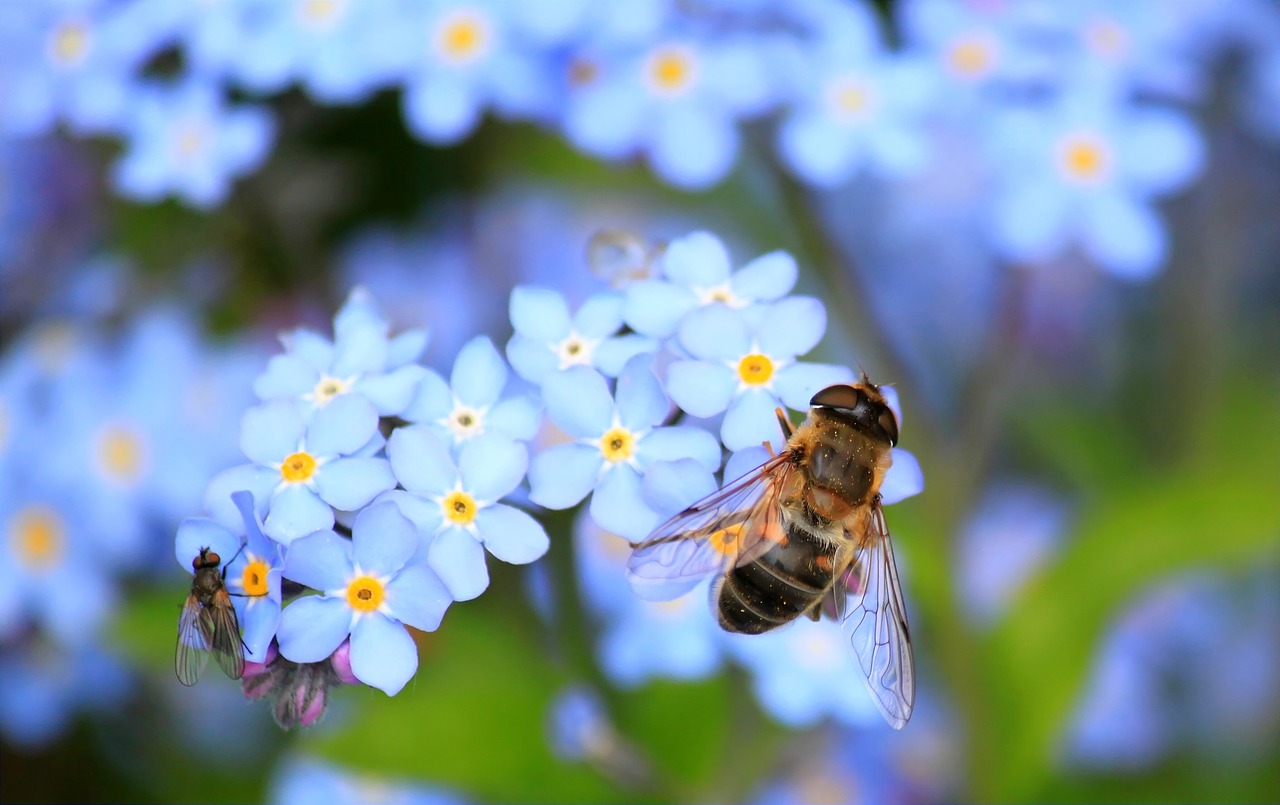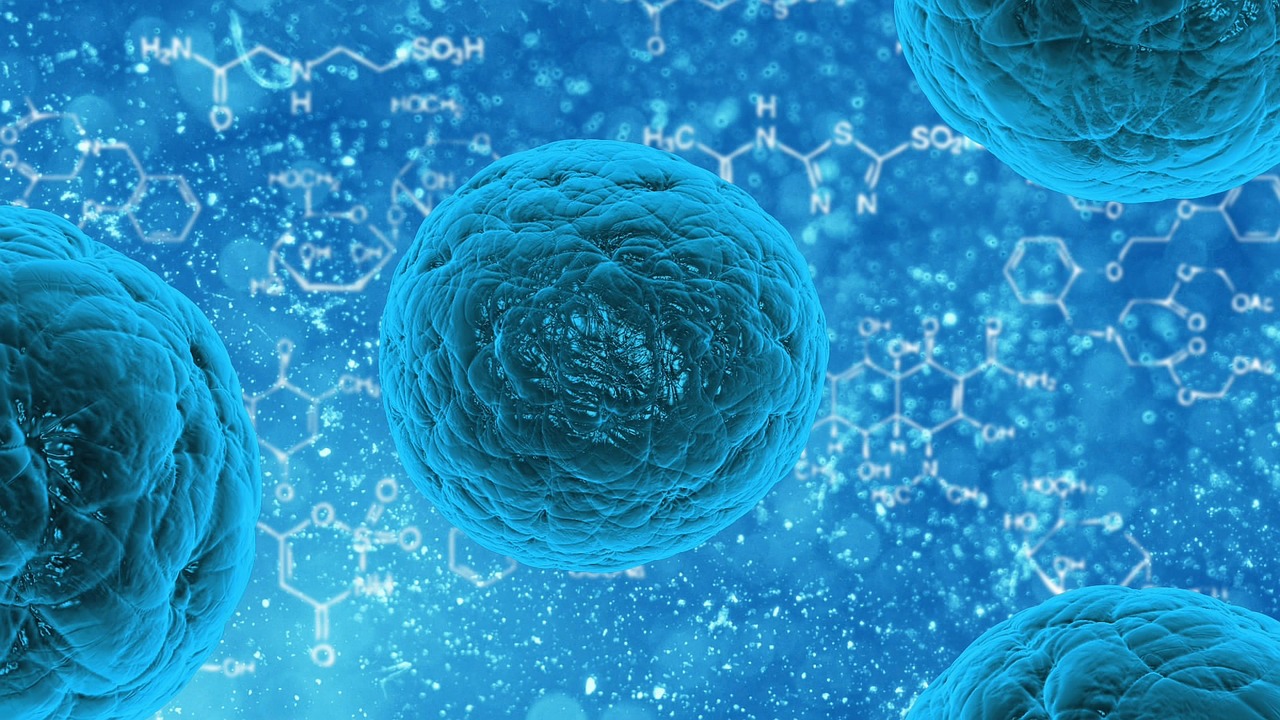
Research Stash Weekly Review #31
- Weekly Review
- 2.4K
Weekly Review #31 – Summary of the latest news In science and technology research across the world, carefully handpicked by team Research Stash
Scientists pinpoint pathway that impacts features of autism
A team of scientists at Florida Atlantic University has uncovered a brain-signaling pathway that can be pharmacologically manipulated in genetically engineered mice to reverse an autism-related pathway. Read More
Most Commercial Graphene Is Just Expensive Pencil Lead, New Study Finds
You might wonder why, given all the hype, there isn’t graphene in every product you own yet. Well, a new study has found that 60 companies that sell the Nobel prize-winning ultra-thin carbon sheets produce utter trash. Read More
New Alzheimer’s Biomarker Identified with Help of CRISPR
With the aid of CRISPR gene editing techniques, researchers have identified a new biomarker for Alzheimer’s disease. The study reports a deficiency of the protein STIM1 could be implicated in the sporadic version of the neurodegenerative disease Read More
Researchers unlock the mysteries of the sugarcane genome
For centuries, sugarcane has supplied human societies with alcohol, biofuel, building and weaving materials, and the world’s most relied-upon source of sugar. Now, researchers have extracted a sweet scientific prize from sugarcane: its massive and complex genome sequence, which may lead to the development of hardier and more productive cultivars. Read more
Synthetic Biology Gets a New Molecular Programming Language Called CRN++
Synthetic biology is a new area of interdisciplinary research that involves the application of engineering principles to biology. The field aims to (re-)design biological components and systems that do not already exist in the natural world. Read More
Busy Bees Take a Break During Total Solar Eclipses
A study conducted during the 2017 total solar eclipse in North America found that bees remained active during the partial-eclipse phases both before and after the period of totality, but they essentially ceased flying during totality. Read more
Chinese Researchers Have Spawned Healthy Mice With 2 Biological Mothers And No Father
By deleting key sequences of DNA in embryonic stem cells harvested from female mice, Chinese researchers successfully kicked off a new generation of the tiny mammals without the need for males to fertilize any eggs. Read More
Genetic Exchange Between Modern Humans And Neanderthals Included Both Poisons And Antidotes
Ancient DNA has emerged as a powerful tool for uncovering details about the past. One of the biggest surprises it has revealed in recent years is that human ancestors and our now-extinct hominin cousins, the Neanderthals, and Denisovans, had numerous sexual encounters (geneticists call them “archaic introgression events”). Read More
Stanford researchers develop new, ‘three-dimensional’ CRISPR technology
On Thursday, a team led by assistant professor of bioengineering Stanley Qi released a study on a new form of gene-editing technology known as Clustered Regularly Interspaced Short Palindromic Repeats genome organization, or CRISPR-GO, which allows scientists to move pieces of DNA within a cell nucleus. Read More
Largest Ever Study of Chinese People’s Genetics Reveals Insights on Migration Patterns, Diet, Disease
Researchers have analyzed DNA samples from 141,431 pregnant Chinese women—roughly one ten-thousandth of the country’s population—to garner insights on issues ranging from migration patterns to genetic diversity and susceptibility to disease. Read more
If you liked this article, then please subscribe to our YouTube Channel for the latest Science & Tech news. You can also find us on Twitter & Facebook.


